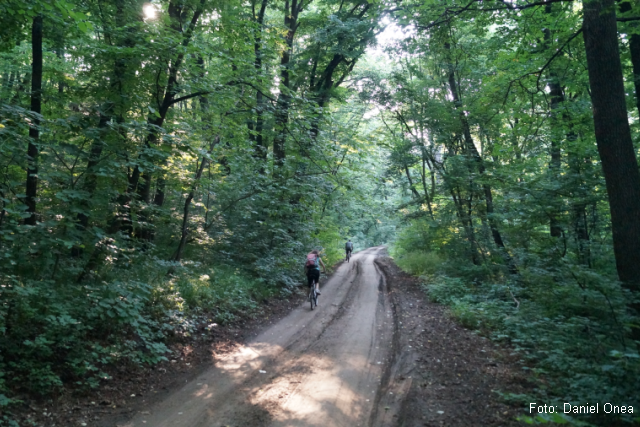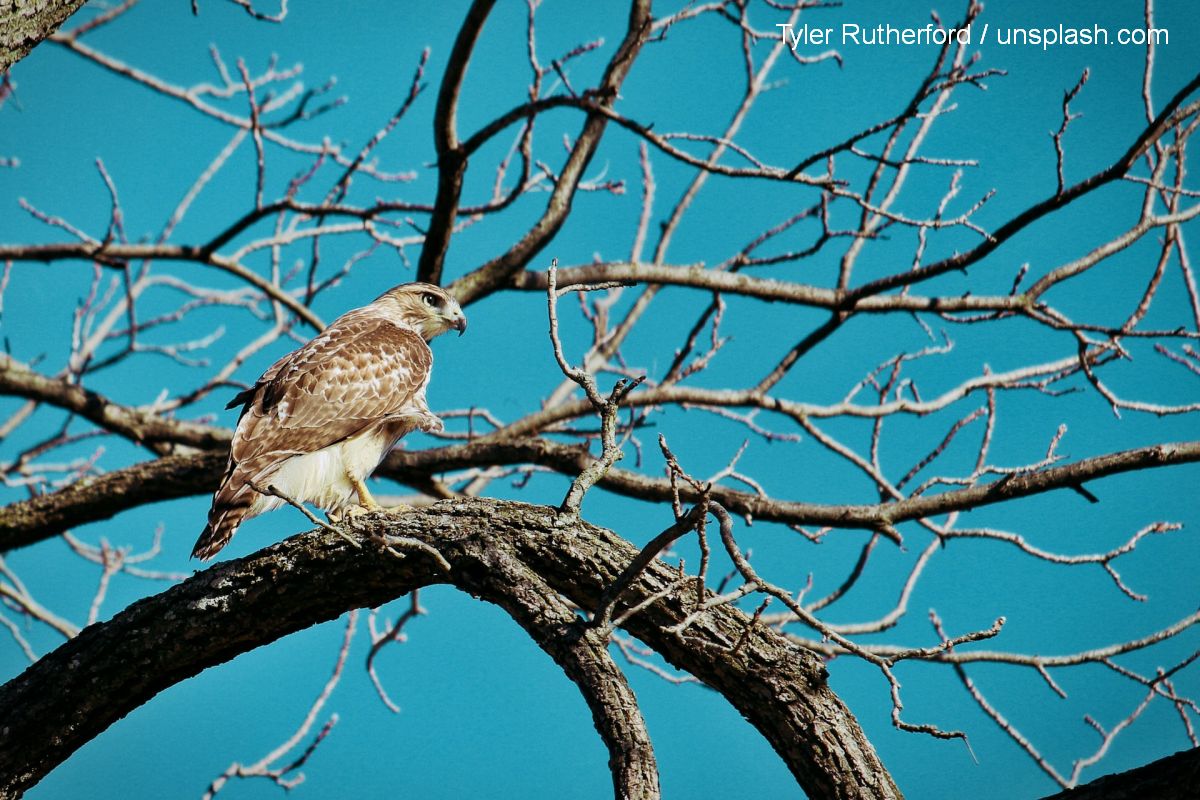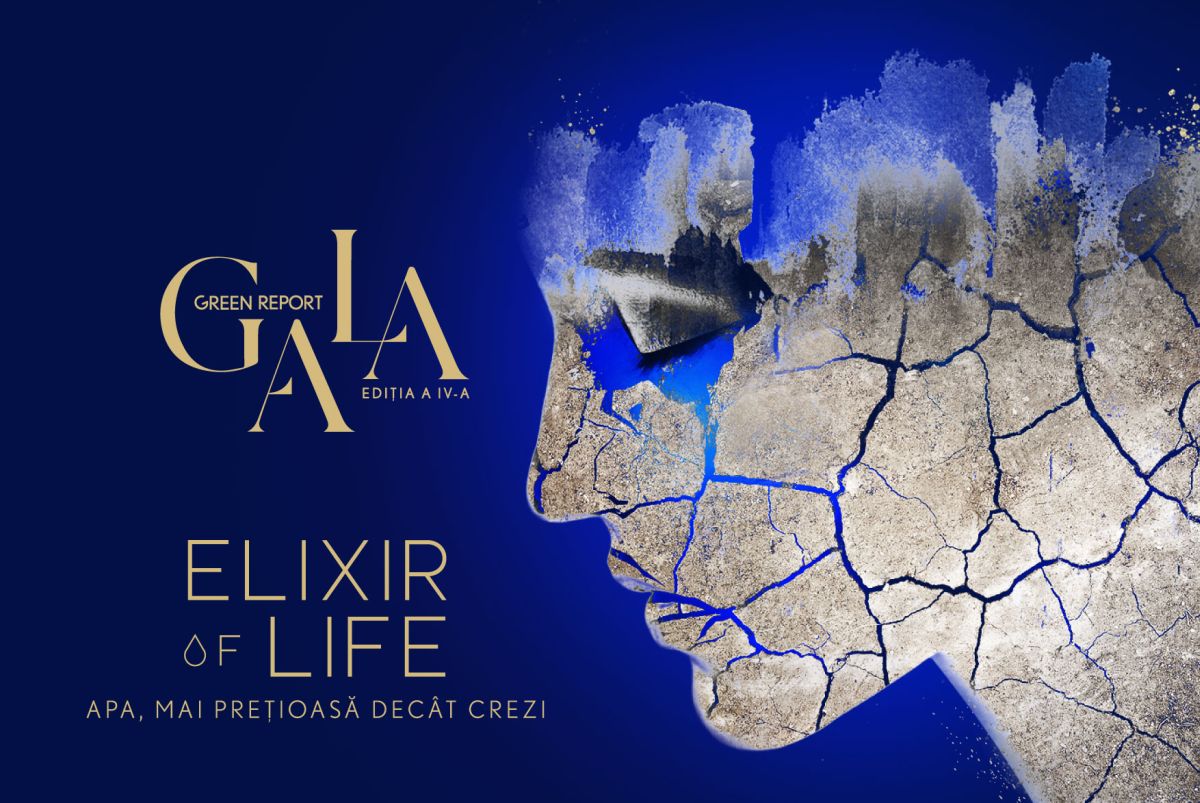Comana Nature Park
Comana Nature Park is a protected area of national interest, 35 km away from Bucharest, in Giurgiu County.

România Internațional, 26.04.2019, 14:26
Comana Nature Park is a protected
area of national interest, 35 km away from Bucharest, in Giurgiu County. It
stretches over 25,000 ha, is part of the Natura 2000 European network, and is a
Ramsar site with a remarkable biodiversity. Over 8,000 ha are covered in
forests dominated by oak, lime trees, acacia, and elm trees, with a variety of
fauna, including pheasants, deer, boars, hares, and foxes. The park has thee
protected areas: the Butcher’s Broom Science Reserve, the Peony Science
Reserve, and Comana Pond. Here is Valentin Grigore, director of the Comana
Park:
For the May 1st
mini-holiday, tourists will find Comana Park full of blooming peonies. Due to
this milder winter and the early spring, plants bloomed earlier, so the peonies
will be in full bloom in the first week of May, as opposed to their usual time,
in the second week. In addition to the
Peony Science Reserve we have the Butcher’s Broom Science Reserve, which
is a perennial plant, an Atlantic Mediterranean plant with beautiful fruit
which stays red even through the winter. We also have the yellow crocus, as
well as about 20 ha of wild daisies, whose location I will not divulge, because
it is too rare and beautiful.
Comana Pond has a surface of some 1,200
ha. It is the country’s third wetland in terms of biodiversity, after Braila’s
Lesser Isle and the Danube Delta, according to Valentin Grigore:
We have identified here 141 species
of bird, 78 of them protected. It is a tiny jewel close to Bucharest. A lot is
being said about the Vacaresti Delta, but here, in Comana, biodiversity is on a
much larger scale, and is extremely beautiful. Here, in our small delta, we
have endemic fish species, which can only be found here. There are 10 species
of amphibians, frogs, reptiles, and tortoises. We are monitoring the expansion
of the jackal populations in the area. It is not on the list of protected
species, but it has potential, due to the lack of wolves in the area. Now, in
spring, migratory birds are coming back. The children who visit are fascinated
by storks. In addition to regular storks, we have its sister species, the black
stork, which is more frail, more sensitive, and much rarer. About an eighth of
the Romanian population of this species, protected across Europe, can be found
in Comana. It is dependent on the existence of old trees, with large canopies,
such as old oaks on the shore of ponds, and here we have all these conditions.
We have a long list of birds in this area. We have forests, we have salty
marshes, we have flood plains, so we have a plethora of birds. We have
cormorants and several kinds of egrets. We have plenty of birdwatchers. Some
come to watch a specific bird, others come for art photography. We have loads of
birdwatching blinds all around the pond.
Comana Park is home to the black
stork, Ciconia Nigra, and in order to protect them, experts with the Romanian
Ornithological Society recently organised an action to plant a special species
of oak, Quercus Robur. Here is Ovidiu Bufnila, communication secretary with the
Romanian Ornithological Society:
Black storks use Comana Nature park
for nesting. We are talking about a very charismatic but very shy species. As
opposed to the white storks, which live close to people in villages, nesting on
chimneys or electricity poles, black storks are much shier, they nest in the
forest. Sometimes they nest in eagle nests, but prefer to make a very strong,
very large nest, just like white storks, in the crotch of branches. That is why
we have decided to have the campaign to plant oaks. This species sustain life
from top to bottom, you can find all kinds of life forms, from insects to
birds. Jaybirds nest in the branches, while the acorn that falls from the tree
feeds boars and other animals. This is the ideal kind of trees. We called on
120 volunteers from the company DB Schenker. They helped us plant 1,000 trees
in one day.
In Comana Nature Park you can trek, sail,
ride horses and bikes. Close by you have Comana Monastery, built by ruler Vlad
the Impaler in 1461 as a fortified monastery.






























